Will Agricultural Exports from Colombia grow in 2020?
Published on 11 September 2020
The upward trend in the price of coffee and sugar, higher production and progress in the consolidation of avocado, among other factors, would allow a 5% growth.
For a country’s economy, the diversification of export portfolios is one of the keys to the resistance of an international crisis. In the midst of the pandemic, hope and effort remain focused, so that agriculture is one of the engines that maintain the momentum of income generation for Colombia. This is due to the incursion into avocado exports and the boost in the production of soft commodities such as coffee and sugar.
At the moment, the figures do not yet materialize the projection, which would take place in the second half of the year. But anyway, the results cannot be considered bad in view how the COVID-19 pandemic has affected global demand. In the following table, you can see the evolution in the value of shipments of the main products of the sector.
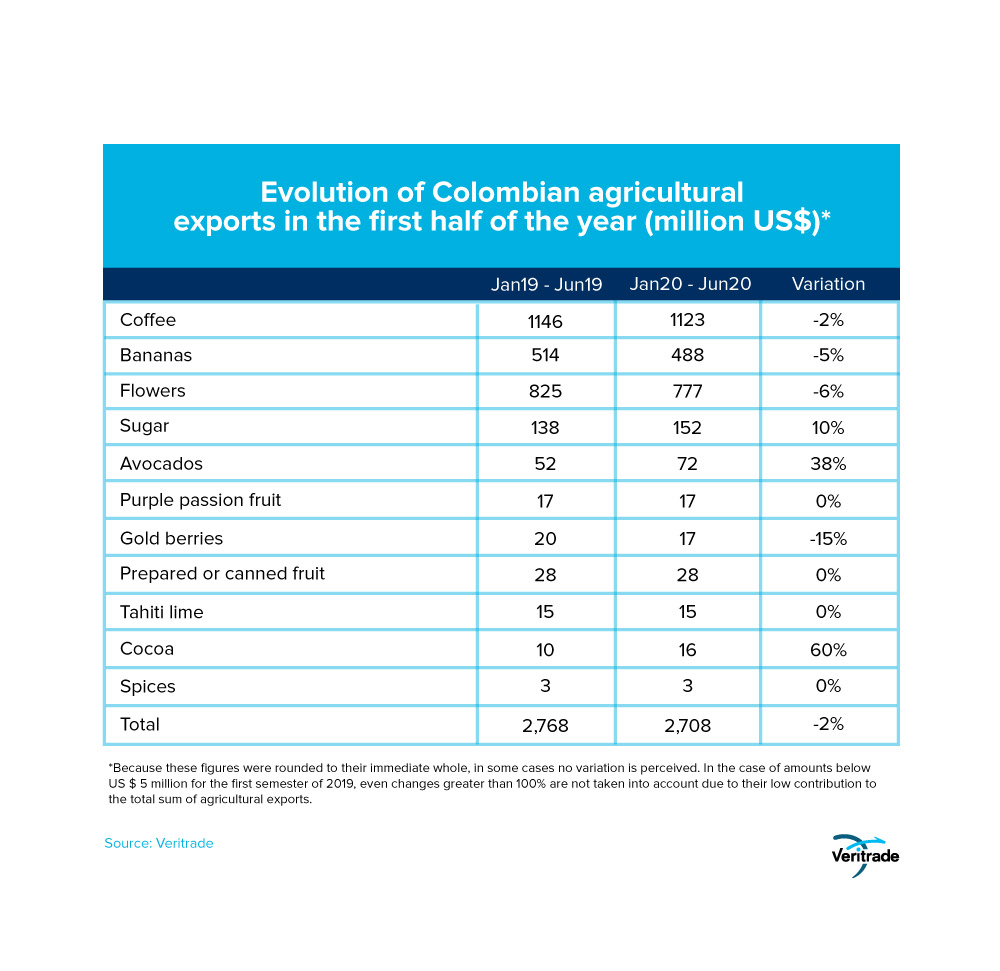
As can be seen, there are no major variations in much of the portfolio, but some segments have been favored. As an example, the so-called soft commodities, such as coffee, sugar and cocoa, have maintained a stable and even growing demand in the midst of tense times in which the consumer looks for inputs to calm anxiety with cravings. In contrast, hard commodities are exposed to greater uncertainty due to currency instability and their relationship with heavy industry demand.
On the other hand, the incursion into new products is a master move in strengthening the country's productive matrix. This is the case of avocado, which was non-existent in the export portfolio just six years ago.
This development and the evolution of coffee can be seen in the following graphs.
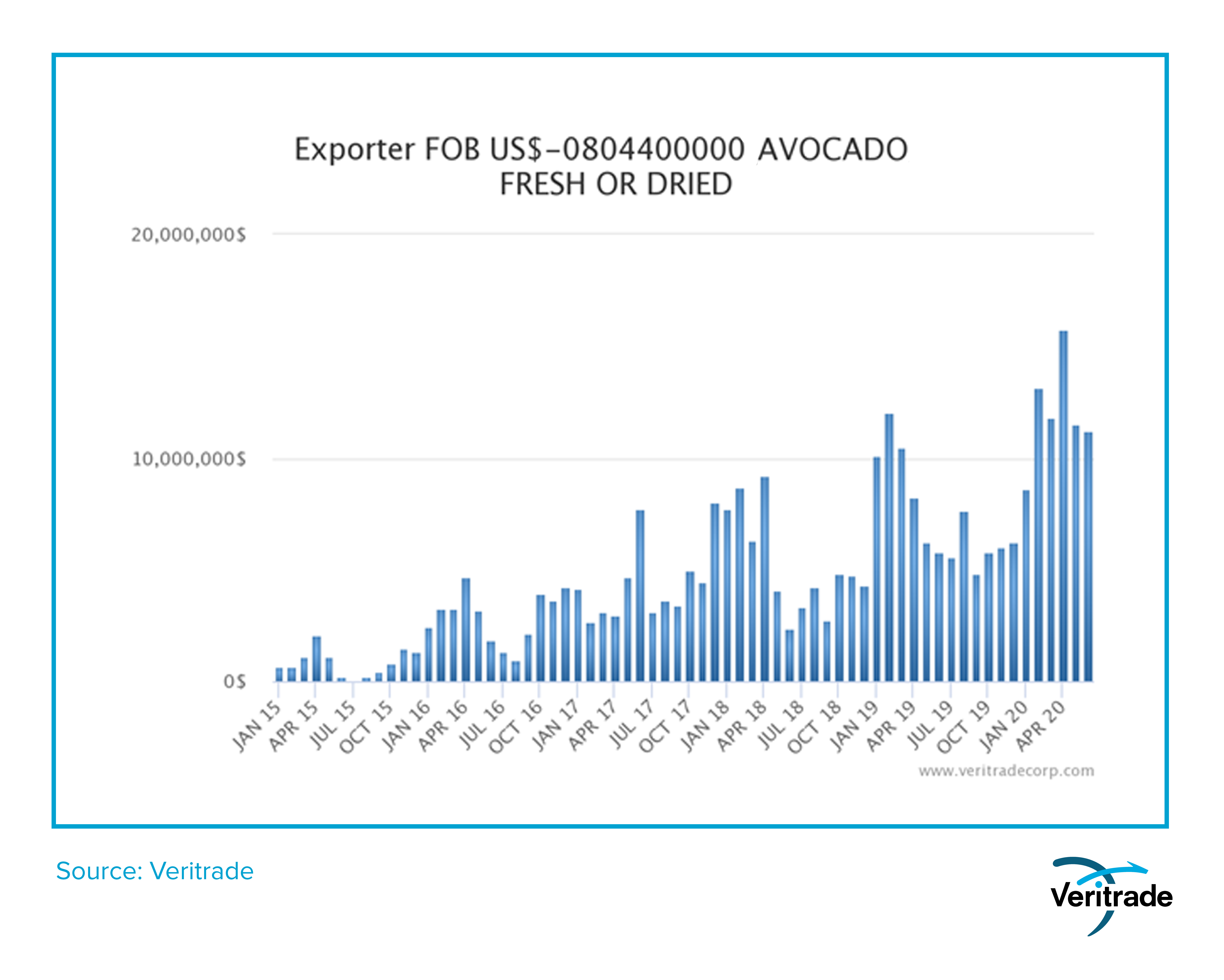
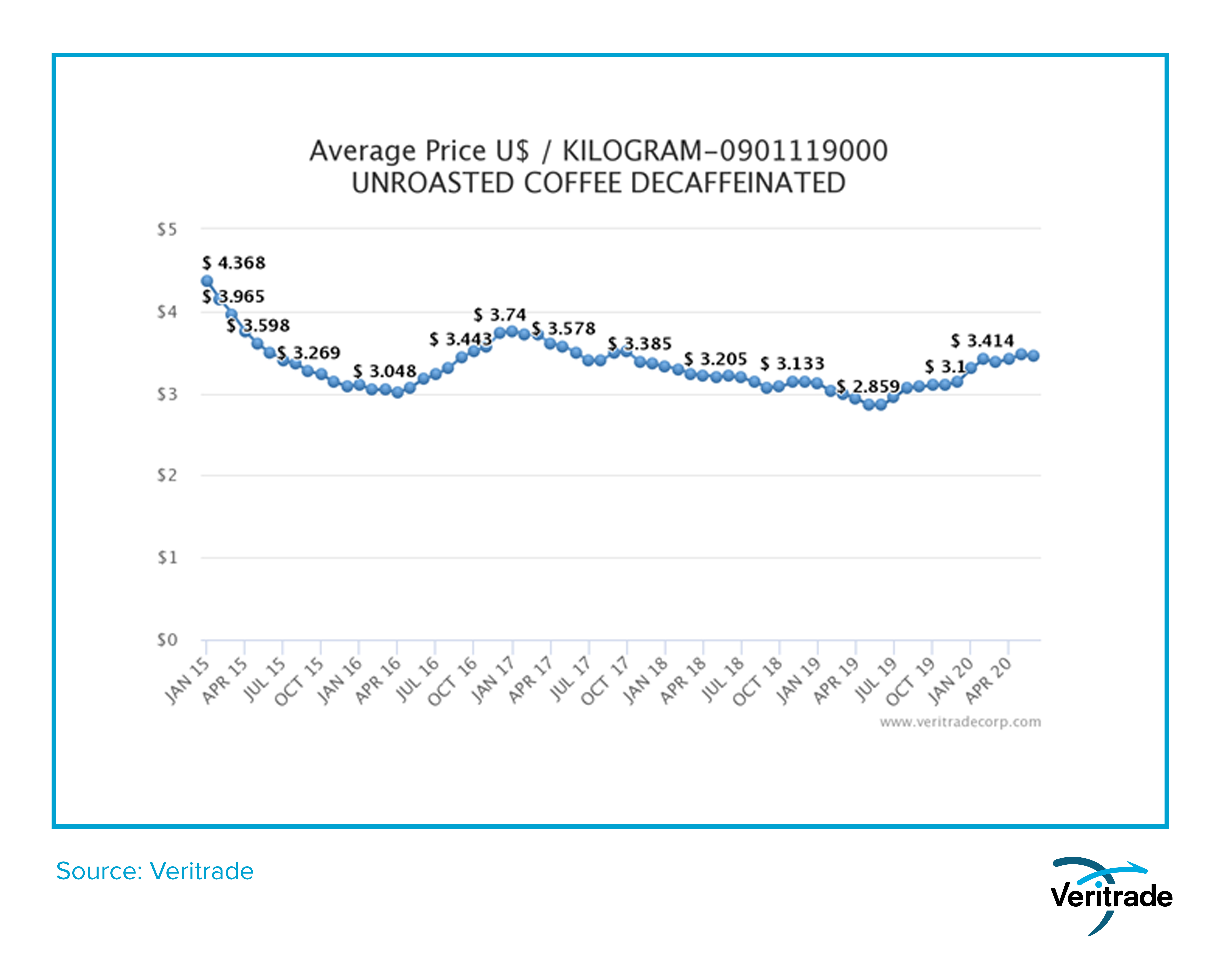
The trends are clear and reflect the joint work of producers and marketers, as well as the government, in promoting the development of quality products and consolidating or opening markets. Along the same lines, other products such as canned fruits, gulupa and even cape gooseberry could be repowered.
In general, markets with high purchasing power are key to promoting the growth of agricultural products, especially non-traditional ones, which at the same time are less sensitive to the evolution of international prices or inventory management. Likewise, it would also be important to achieve the introduction and development of the Chinese market, still insignificant for the sector. The following tables show the distribution by destination and type of product, as well as the transport routes used for each category (traditional and non-traditional).
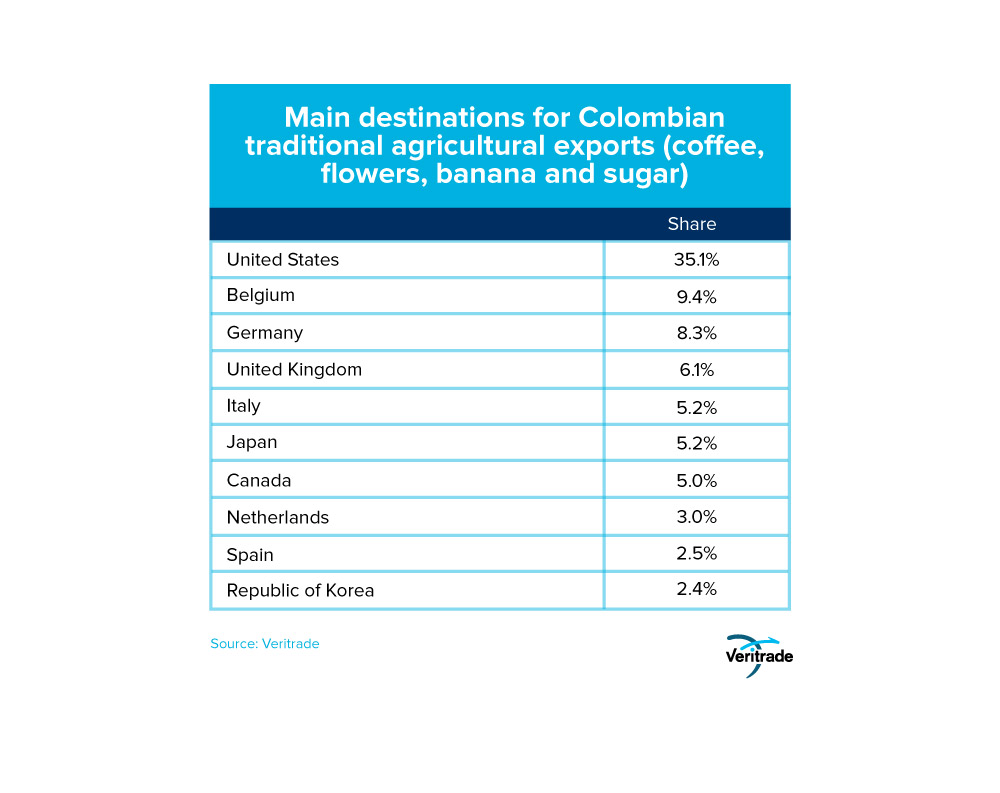
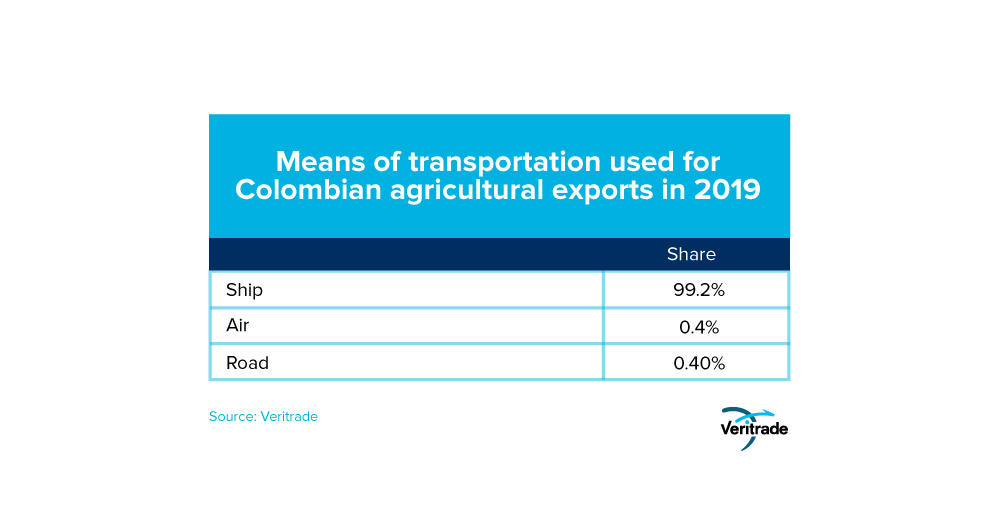
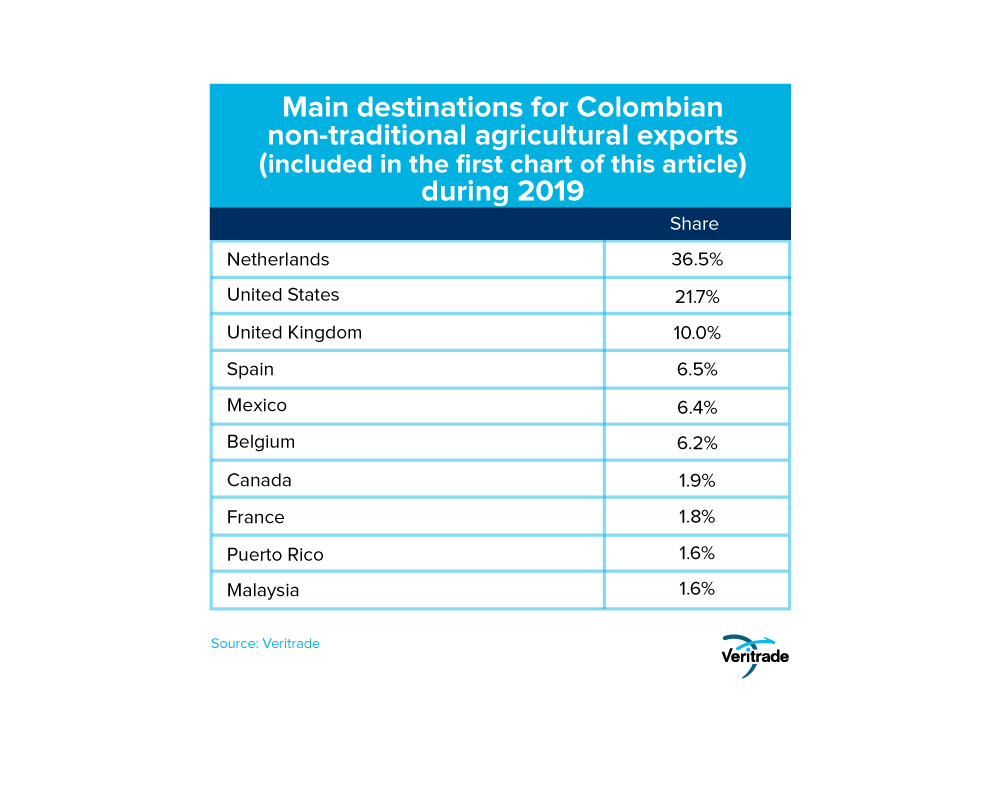
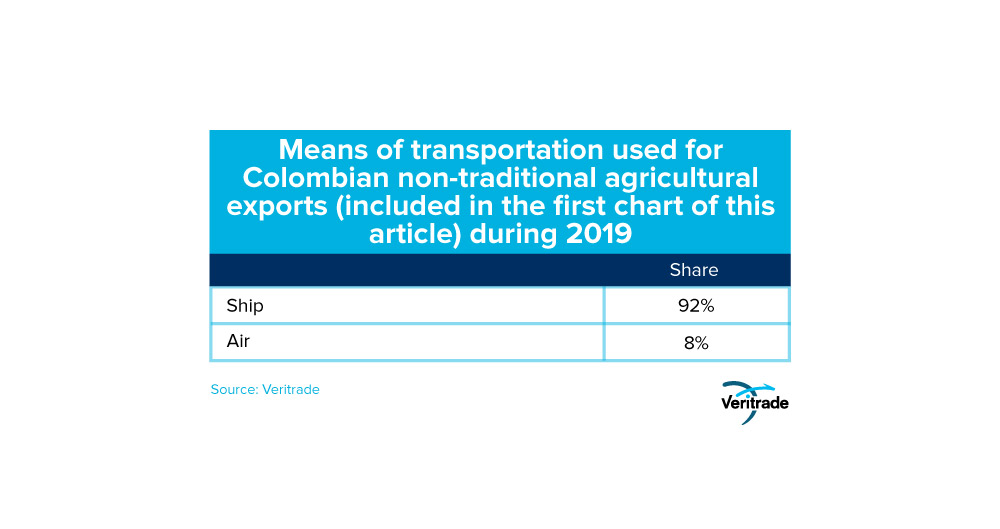
Another essential aspect for the advancement of Colombian agricultural exports is the availability of a good logistics chain. This is especially relevant in the case of non-traditional exports, for which, in certain cases, shipping has to be made by air transportation to maintain the freshness of the products.
It is worth highlighting the importance of the European market in the non-traditional portfolio, which reflects the greater sophistication of consumers and less competition with local production. These types of factors generate windows of opportunity that must be identified by producers and marketers to take advantage of them in time. To achieve this, it is necessary to work in research and development, as well as in the safety of the production, storage and transport chains.
If the Colombian government's projections are met, 2020 should be an excellent year for the country's agricultural sector, which would generate a total of US $ 7.34 billion in exports. This figure would be 5% higher than the previous year, a more than commendable result in the current situation.
For more information on exports of Colombian agricultural products, you can enter the Veritrade portal.
Request your free trial at https://bit.ly/3inS0Wr